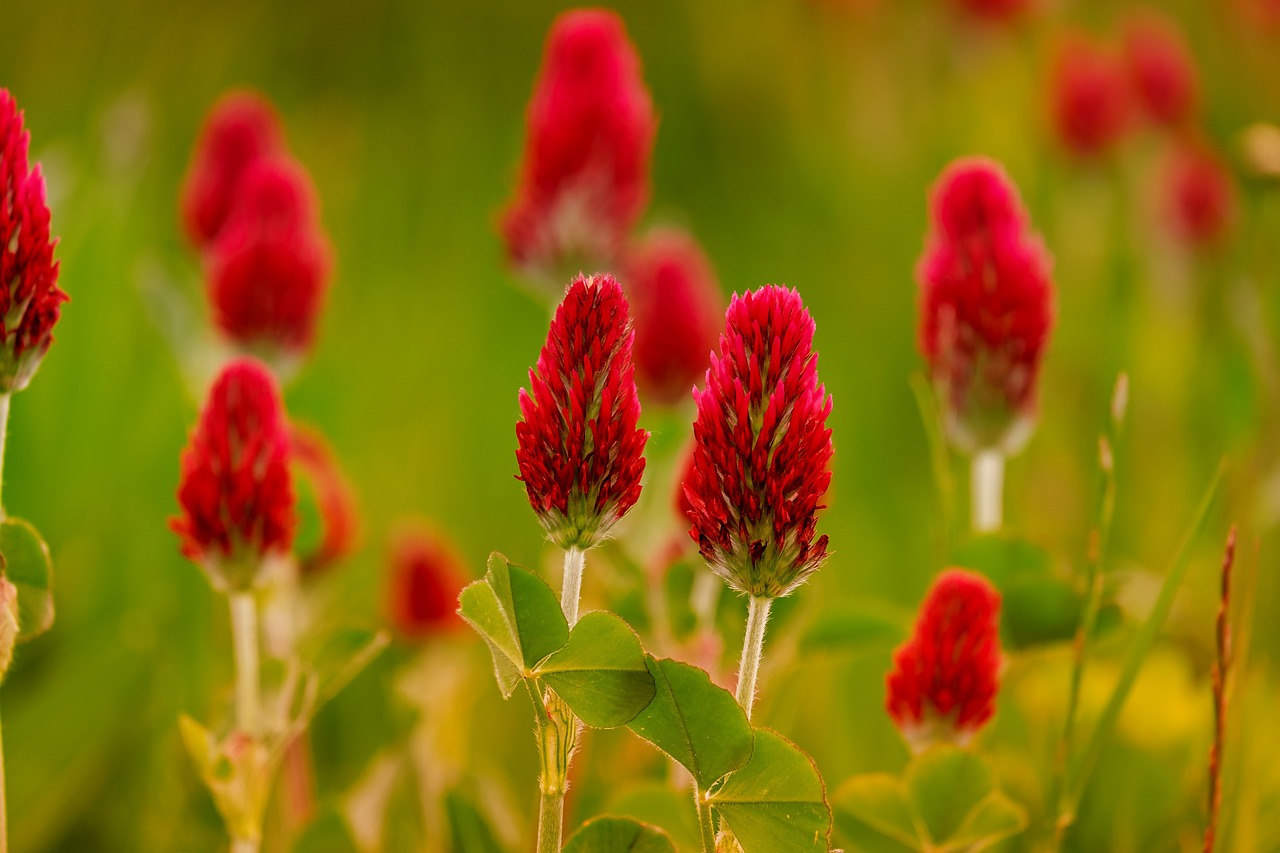Brassia | An Extraordinary Orchid Known as the Spider Orchid

Brassia is an orchid species distinguished by its unique floral shape and sweet fragrance. Due to its striking appearance, it is also known as the “Spider Orchid,” and it has become popular worldwide as an ornamental plant.
In this article, I will provide detailed information about Brassia, including its basic characteristics, cultural and historical background, and essential care tips.
Basic Information
- Scientific name: Brassia spp.
- Family: Orchidaceae
- Origin: Central and South America (tropical regions from Mexico to Brazil)
- Appearance: The flowers of Brassia have long, slender petals that radiate outward in a distinctive form reminiscent of a spider. Their base colors are usually yellow-green or cream, marked with brown or purple spots. The leaves are elongated, glossy, and contribute to an overall elegant impression.
- Blooming season: Brassia can bloom year-round under proper conditions, though it most commonly flowers from spring to summer.
Cultural Significance Around the World
Brassia has long been highly valued in Central and South America as an ornamental orchid.
In countries such as Brazil and Costa Rica, it is often cultivated in gardens and greenhouses, symbolizing the lush beauty of the tropics.
The nickname “Spider Orchid” became widespread in Europe and the United States, inspired by the flower’s spider-like shape.
Among orchid enthusiasts, Brassia is especially admired for its fascinating form and relatively easy cultivation. As a result, it is frequently featured in exhibitions and competitions worldwide.
Historical Background
Brassia was introduced to Europe in the late 18th to early 19th century.
It was studied by the British botanist Robert Brown, who named it in honor of fellow botanist William Brass.
During the Victorian era of the 19th century, orchid cultivation became fashionable among European nobility, and Brassia was highly sought after for its unusual form and pleasant fragrance.
By the 20th century, cultivation techniques in Central and South America improved, leading to the development of many hybrids. Since then, Brassia has been cherished worldwide.
Gardening Advice
Brassia is considered one of the easier orchids to grow, but it requires proper care. Below are the main points to keep in mind:
Light
Prefers bright, indirect light. Avoid direct sunlight; east- or west-facing windows are ideal. Use sheer curtains if light is too strong.
Watering
Water about once or twice per week. Increase watering slightly in spring and summer, but reduce during winter. Avoid letting water accumulate in the saucer to prevent root rot.
Humidity
Thrives in high humidity (50–70%). Use a humidifier or mist the plant during dry seasons.
Soil
Use orchid-specific potting medium such as bark or sphagnum moss. Ensure good aeration and drainage.
Fertilizer
Apply diluted orchid fertilizer every two weeks during the growing season (spring–autumn). Reduce feeding in winter.
Repotting
Repot every 2–3 years when roots become crowded. The best time is spring. Remove old medium and prioritize healthy roots when replanting.
Conclusion
Brassia is an orchid that captivates with its distinctive flowers and enchanting fragrance.
It is relatively easy to grow indoors, making it an excellent choice as a houseplant or a thoughtful gift.
I encourage you to incorporate Brassia into your life and enjoy its elegance and charm.





